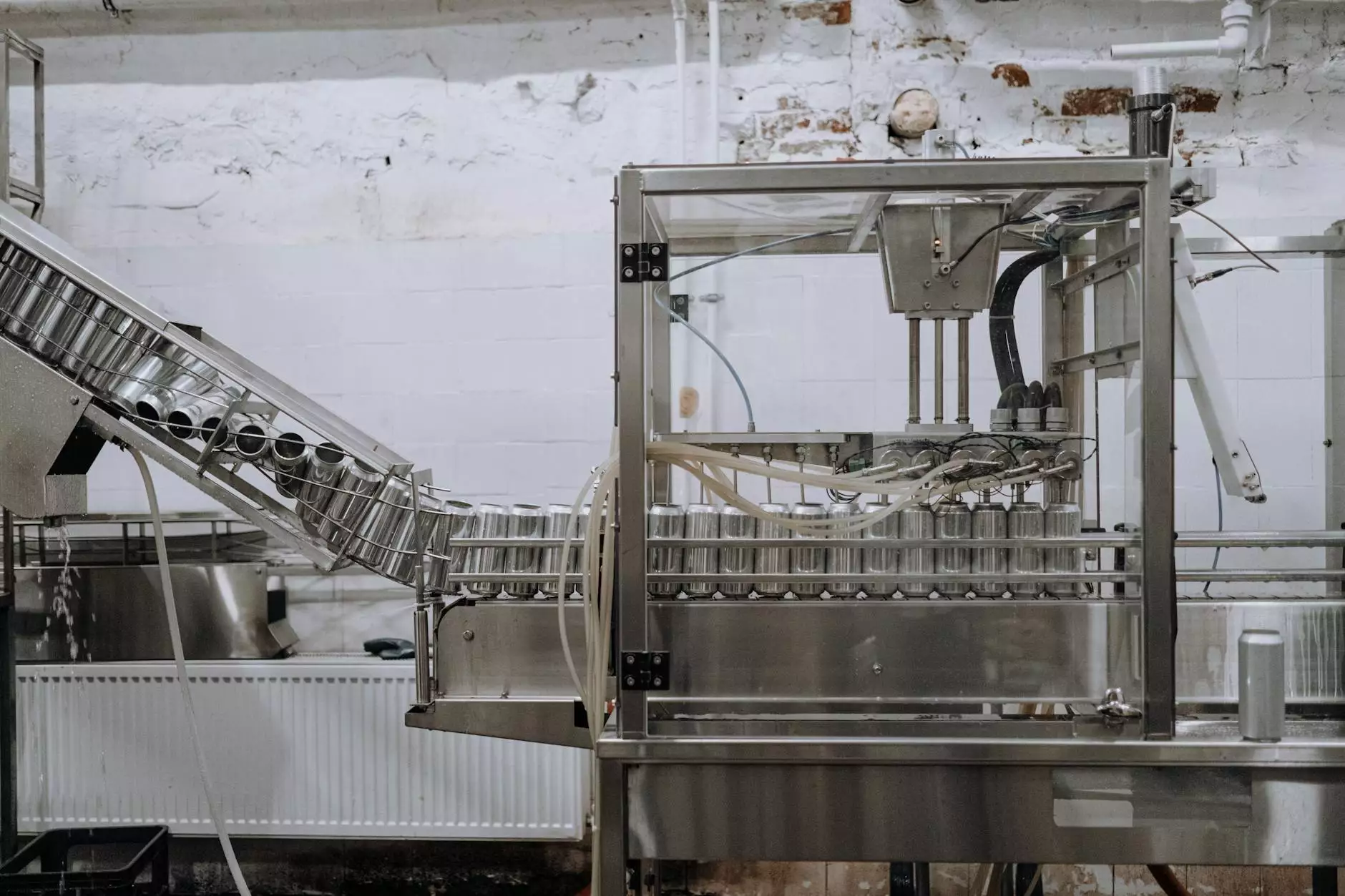Your Path to Connected Manufacturing Checklist
Education
Welcome to Roxanne Weber, VOA's comprehensive checklist for achieving connected manufacturing success. In today's rapidly evolving digital landscape, businesses in the manufacturing industry are constantly seeking ways to leverage technology and connectivity to enhance efficiency, productivity, and profitability. Our checklist serves as a guide to help you navigate the complexities of connected manufacturing and unlock its full potential. Let's dive in!
Understanding Connected Manufacturing
Connected manufacturing, also known as smart manufacturing or Industry 4.0, refers to the integration of technology, data, and automation across all aspects of the manufacturing process. By leveraging advanced sensors, internet of things (IoT) devices, cloud computing, artificial intelligence (AI), and other cutting-edge technologies, manufacturers can create interconnected systems that optimize production, enable real-time data analysis, facilitate predictive maintenance, and empower decision-making.
Why Connected Manufacturing Matters
Connected manufacturing has gained significant traction in recent years due to its ability to revolutionize traditional manufacturing processes. Here are some key reasons why it matters:
- Increase Efficiency: Connected manufacturing streamlines operations, minimizes manual intervention, and enhances overall process efficiency.
- Real-Time Data Insights: By collecting and analyzing data in real-time, manufacturers gain valuable insights for informed decision-making and continuous improvement.
- Predictive Maintenance: Connected systems enable the prediction of equipment failures, allowing proactive maintenance to prevent costly downtime and improve overall equipment effectiveness (OEE).
- Enhanced Product Quality: With connected manufacturing, manufacturers can detect and address quality issues in real-time, resulting in improved product quality and customer satisfaction.
- Supply Chain Optimization: Connectivity enables seamless coordination and collaboration with suppliers, distributors, and other stakeholders, leading to optimized supply chain management.
Key Elements of Connected Manufacturing
To successfully embrace connected manufacturing, it is essential to understand its key components and how they work together:
Data Collection and Analysis
Connected manufacturing relies heavily on data collection, typically through sensor-equipped machines, IoT devices, or even wearables. The collected data is then analyzed using advanced analytics techniques to derive valuable insights. These insights drive process optimization, predictive maintenance, and overall decision-making.
Automation and Robotics
Automation plays a crucial role in connected manufacturing, as it eliminates manual intervention, reduces human error, and enables seamless integration of various production processes. Robotic systems, powered by AI and machine learning, are increasingly used for tasks such as assembly, material handling, and quality control.
Cloud Computing and Connectivity
Cloud computing serves as the backbone for connected manufacturing by providing scalable storage, computing power, and data accessibility. It enables real-time connectivity between machines, devices, and systems, facilitating instantaneous data sharing and remote monitoring.
Cybersecurity
Connected manufacturing exposes businesses to cybersecurity risks. Protecting sensitive data, intellectual property, and operational systems from potential threats is of paramount importance. Implementing robust cybersecurity measures helps safeguard critical assets and ensures the integrity and confidentiality of data.
Implementing Connected Manufacturing
To embark on your path to connected manufacturing success, follow these essential steps:
1. Evaluate Your Current Infrastructure and Processes
Start by assessing your existing manufacturing infrastructure, identifying gaps, and understanding the areas where connectivity can add the greatest value. Analyze your production processes, supply chain, and data management practices to determine the necessary changes.
2. Develop a Connectivity Strategy
Based on your evaluation, formulate a comprehensive strategy that outlines your connectivity goals, technology requirements, and implementation roadmap. This strategy should align with your overall business objectives and consider long-term scalability.
3. Identify Key Performance Indicators (KPIs)
Define KPIs that accurately measure the success of your connected manufacturing initiatives. These KPIs will help you track progress, identify bottlenecks, and validate the effectiveness of your optimizations.
4. Invest in Technology and Infrastructure
Select the right mix of hardware, software, and connectivity solutions that align with your connectivity strategy. This may include investing in IoT devices, upgrading machinery, implementing data analytics tools, and establishing secure communication channels.
5. Establish Data Management and Analytics Capabilities
Implement a robust data management system that can collect, store, and analyze the vast amounts of data generated by connected manufacturing systems. Leverage advanced analytics techniques, such as machine learning and AI, to derive actionable insights from the collected data.
6. Foster a Culture of Collaboration and Continuous Improvement
Connected manufacturing requires cross-functional collaboration and a culture of continuous improvement. Encourage collaboration between different teams and departments to share insights, address challenges, and drive innovation throughout the organization.
7. Monitor, Analyze, and Iterate
Regularly monitor the performance of your connected manufacturing systems, analyze the data collected, and iterate on your strategies. Continuously look for opportunities to optimize processes, enhance efficiency, and capitalize on emerging technologies.
Conclusion
By embracing connected manufacturing, businesses in the manufacturing industry can unlock a world of opportunities for growth and competitive advantage. Roxanne Weber, VOA, is dedicated to providing top-notch website development services to support your connected manufacturing journey. Apply our comprehensive checklist to navigate the complexities of connected manufacturing and embark on a path of continued success.










